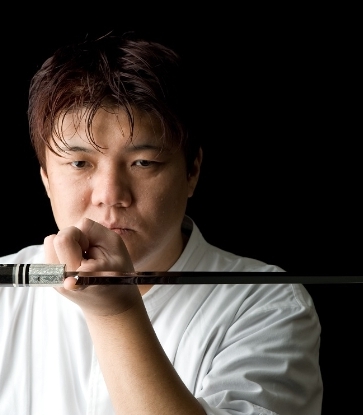There's no room for artificial syrups that masquerade as fresh fruits here. Instead, spirits infused with anything from dried flower buds to sweet popcorn can add a lovely complexity and depth to cocktails.
In their how-to guide book Infuse: Oil. Spirit. Water, authors Eric Prum and Josh Willians wrote: "The seemingly simple process of adding fresh, local peaches to a mason jar of Kentucky bourbon and infusing the mixture for a few weeks had somehow resulted in something so much greater than the sum of its parts."
Here, we break down the different flavour profiles of base spirits such as gin and vodka, what ingredients matches best for each of them, and how to create your own infused concoctions.

Taste profile: Dry gin has pronounced notes of juniper, with a touch of citrus and botanicals (coriander, anise, angelica, etc.)
Infuse it with: Dried flowers such as chrysanthemums as they add a sweeter floral flavour that complements the herbaceous taste of the gin.

Taste profile: Vodka has a delicate flavour due to multiple rounds of distillation, but that doesn’t make it bland. More common notes on the nose are—creamy, nutty, herbal. On the palate—nutty, fruity and bready, with some spice.
Infuse it with: Fruits like fresh plums will work well with vodka. For the more daring, try using horseradish or jalapeños for that kick of spice.

Taste profile: Light rums are better for infusions compared to aged rums that have a stronger flavour profile. Light rums usually have vanilla notes with hints of caramel and freshly-cut grass.
Infuse it with: Fruits such as strawberries, raspberries, cherries and blueberries for a sweet taste. Adding spices like vanilla pods will also enhance the base notes of rum.

Taste profile: Single malt whiskies tend to be full-bodied with a hint of smokiness, though it lacks complex wood elements.
Infuse it with: Cinnamon sticks, cloves or star anise. Cinnamon brings out the missing woodsy notes, but don’t leave the cinnamon sticks in the whisky for longer than 15 minutes as the spice becomes bitter fast and will overwhelm the amber liquid.

2. Pour the alcohol into the mason jar, before adding in the ingredients. Make sure the jar is tightly sealed.
3. Take note of what ingredients you are using to infuse the spirit. As a rough guide: strong spices such as cinnamon should be dipped in quickly for no more than 15 minutes (lest its bitterness overwhelms the whisky), while milder ingredients such as dried flowers and berries can take up to a month to fully impart flavour to the spirit.
4. Keep tasting your creation to make sure it’s going well. When it’s ready, sieve it once to remove all solids, then pass it through a very fine piece of muslin. This prevents any remnant bits of fruit or vegetables from turning bad and spoiling the infused spirit. Well-sealed and carefully strained infusions can keep for up to a few months in a cool dark place.
















